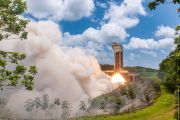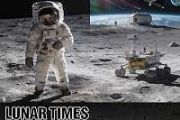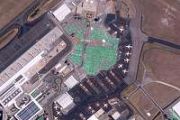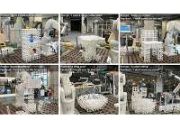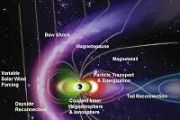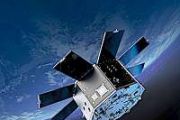
Copernical Team
Watch Andreas return to Earth
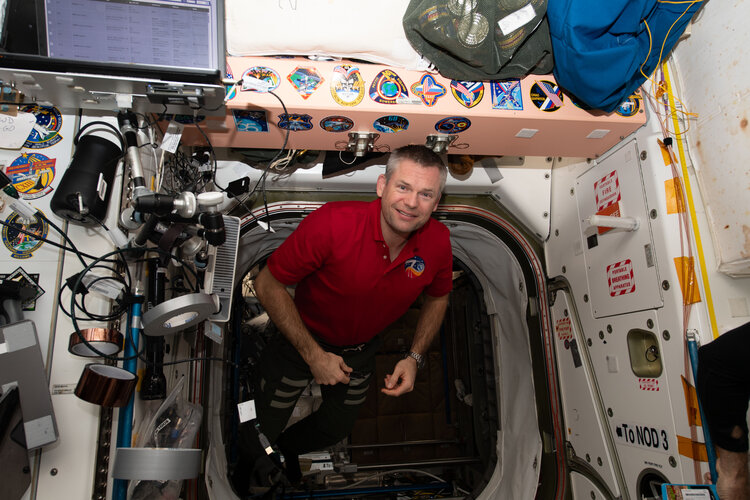
After more than six months on the International Space Station, ESA astronaut Andreas Mogensen and the rest of Crew-7 will undock and make their way down to Earth on 11 March 2024 at 13:15 GMT/14:15 CET, splashing down off the coast the Florida on 12 March, at 09:35 GMT / 10:35 CET. Watch the undocking and splashdown on ESA WebTV.
Drones could help map the lunar surface with extreme precision
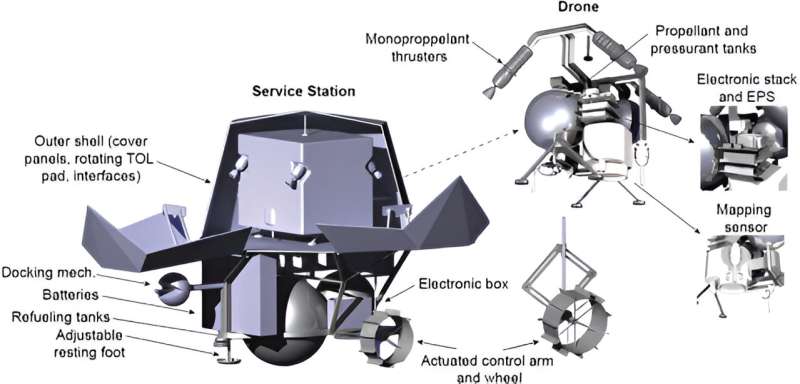
Exploring the moon has become increasingly more of a focal point lately, especially with a series of landers recently launched with various degrees of success. One of the difficulties those landers and any future human missions face is understanding the terrain they are landing on and potentially traversing in the case of a rover or human. To help fight this problem, a team of researchers from Switzerland has developed a drone concept that could help map out some of the more interesting, potentially hazardous areas to explore on the moon.
Mapping the moon has already been a priority for years. However, some of the more exciting regions, such as the Permanently Shadows Regions (PSR) at the lunar poles that hold a significant amount of water ice, have only been mapped to a resolution of about 1m per pixel in the best images of them. That's including artificial enhancement by AI-backed algorithms.
That level of resolution isn't near enough to provide useful planning data for any potential rover or human missions—a given rover's wheel itself won't even more that in width, let alone hope to traverse an obstacle of that size.
NASA unveils design for message heading to Jupiter's moon Europa
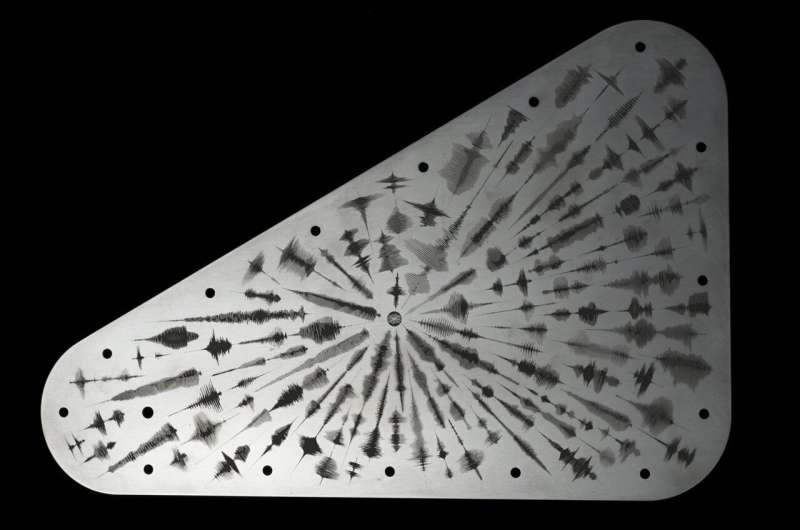
When it launches in October, the agency's Europa Clipper spacecraft will carry a richly layered dispatch that includes more than 2.6 million names submitted by the public.
Pentagon says no evidence of secret US work on alien tech

Has the United States confirmed sightings of alien craft, or worked to reverse-engineer extraterrestrial technology?
A more than 60-page Pentagon report released Friday says no, pouring cold water on popular conspiracy theories about government cover-ups of contact with aliens.
The report was mandated by Congress, which required the submission to lawmakers of a "written report detailing the historical record of the United States government relating to unidentified anomalous phenomena (UAPs)," more commonly known as UFOs.
The Defense Department's All-domain Anomaly Resolution Office (AARO) "found no evidence" that any government investigation, academic research or official review "has confirmed that any sighting of a UAP represented extraterrestrial technology."
Instead, "all investigative efforts, at all levels of classification, concluded that most sightings were ordinary objects and phenomena and the result of misidentification," said the report.
It also "found no empirical evidence for claims that the USG and private companies have been reverse-engineering extraterrestrial technology."
AARO said the inaccurate reverse-engineering claims are "in large part the result of circular reporting from a group of individuals who believe this to be the case, despite the lack of any evidence.
CSI in space: Analyzing bloodstain patterns in microgravity
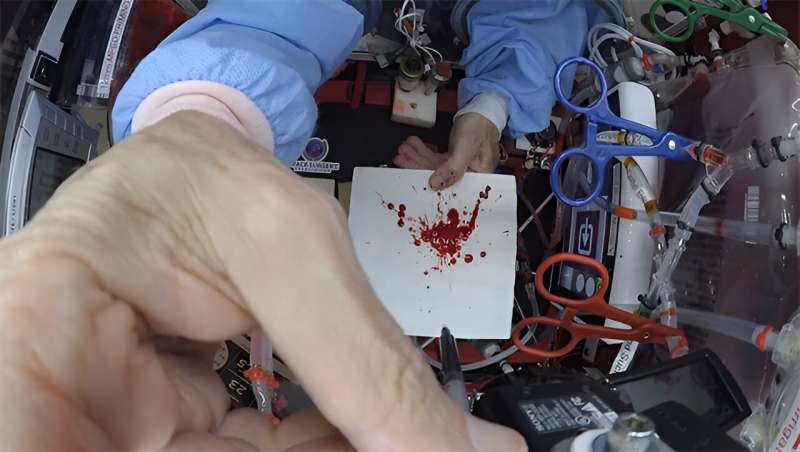
As more people seek to go where no man has gone before, researchers are exploring how forensic science can be adapted to extraterrestrial environments.
A new study by Staffordshire University and the University of Hull highlights the behavior of blood in microgravity and the unique challenges of bloodstain pattern analysis aboard spacecraft.
Bloodstain expert Zack Kowalske is a Crime Scene Investigator based in Atlanta, U.S., and led the study as part his Ph.D. research at Staffordshire University.
"Studying bloodstain patterns can provide valuable reconstructive information about a crime or accident. However, little is known about how liquid blood behaves in an altered gravity environment. This is an area of study that, while novel, has implications for forensic investigations in space," he commented.
"Forensic science is more than just trying to solve crimes; it additionally has a role in accident reconstruction or failure analysis.
We're working out how to solve crimes in space—the final frontier of forensic science

NASA's Artemis program is scheduled to return astronauts to the moon and establish a permanent orbiting laboratory by the end of the decade.
Meanwhile, private companies are making significant steps in taking paying customers further into space. As humanity's footprint expands beyond the familiar terrains of Earth to the moon and possibly beyond, an intriguing new field emerges from the final frontier: astroforensics.
This discipline, still in its infancy, is propelled by the inevitability of human nature. Space presents a unique and harsh environment for forensic investigations. Settings that present altered gravity, cosmic radiation, extremes in temperature, and the need for oxygen-providing climate systems provide a few examples of the unearthly variables that are faced by future explorers.
Unlike Earth, where gravity, a constant force, shapes many aspects of our reality, the significant reduction of gravity in space introduces novel challenges in understanding how evidence behaves. This shift is crucial for forensic sciences like bloodstain pattern analysis, which relies heavily on gravitational effects to determine the circumstances under which blood stains are formed.
The thought of gravity in space immediately conjures images of astronauts hauntingly suspended in the void of space or floating gymnastics in the International Space Station (ISS).
Astro Chat with Rosemary Coogan | ESA Explores podcast
 Video:
00:21:52
Video:
00:21:52
Rosemary Coogan, one of ESA’s five astronaut candidates currently undergoing basic astronaut training at the European Astronaut Centre in Cologne, Germany, shares her journey from studying the stars to training for space travel. Join us as we discuss her experiences in astronaut training, her favorite lessons, and her excitement for the future of space exploration.
This is Episode 4 of our ESA Explores podcast series introducing the ESA astronaut class of 2022, recorded in November 2023.
Music and audio editing by Denzel Lorge. Cover art by Gaël Nadaud.
This Whispering of Huginn
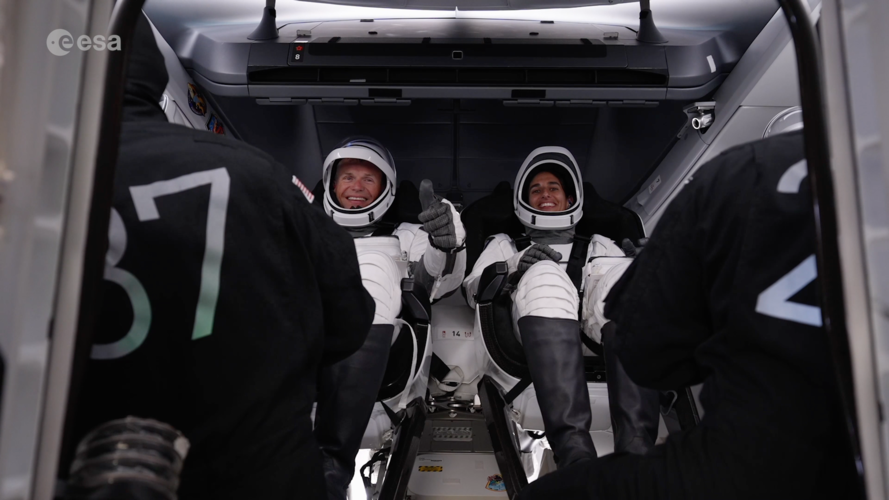 Video:
00:04:00
Video:
00:04:00
Andreas Mogensen launched on his Huginn mission in August 2023 to the International Space Station, becoming the first non-US astronaut to pilot SpaceX’s Crew Dragon spacecraft. Andreas became commander of the International Space Station in September 2023, becoming the longest serving European commander in January 2024. His mission was spent on more than 30 European experiments and plenty of international ones as well, ranging from water purification to studies of human physiology and thunderclouds. After 6 months on the International Space Station, Andreas will come down to Earth together with his Crew-7 crewmates Jasmin Moghbeli (NASA), Satoshi
Week in images: 04-08 March 2024
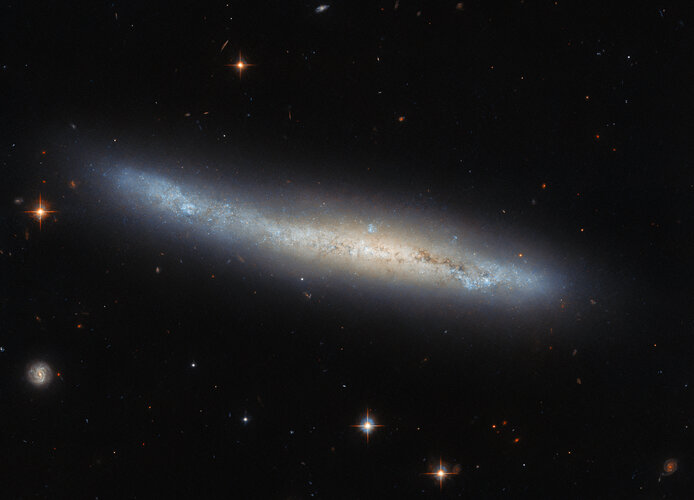
Week in images: 04-08 March 2024
Discover our week through the lens
The geodetic community meets Genesis
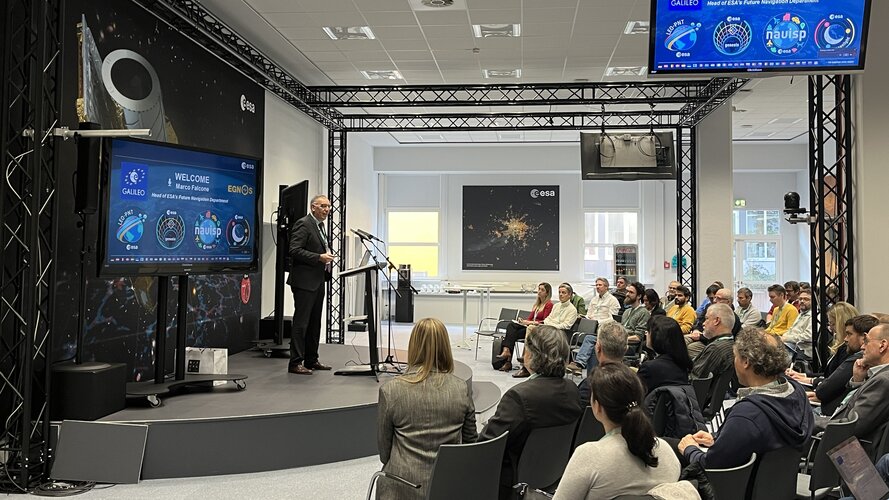
The first Genesis science workshop brought together the ESA project team and the scientific geodesy community to establish the Genesis Scientific Exploitation Team and to set the ground for future collaboration.













